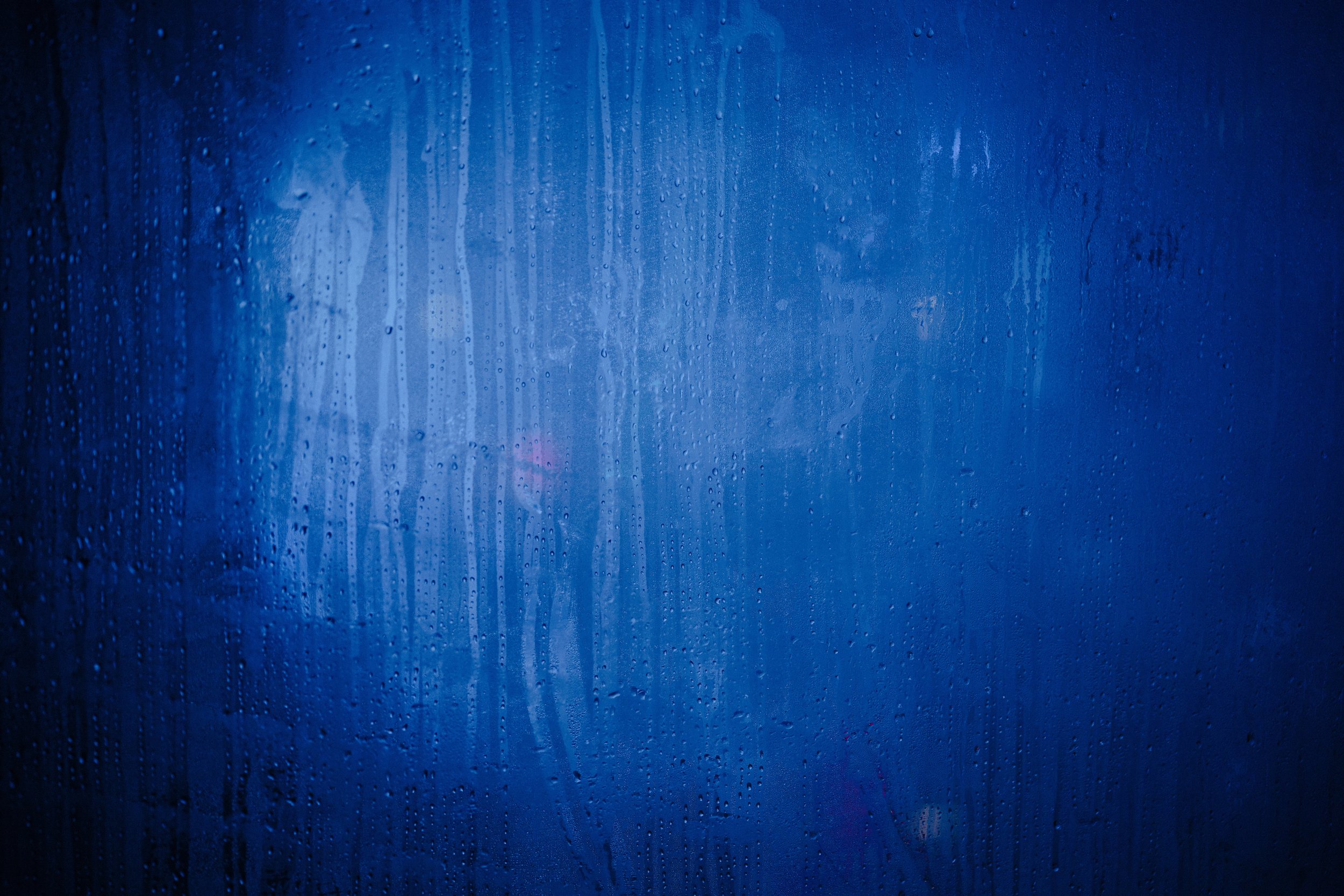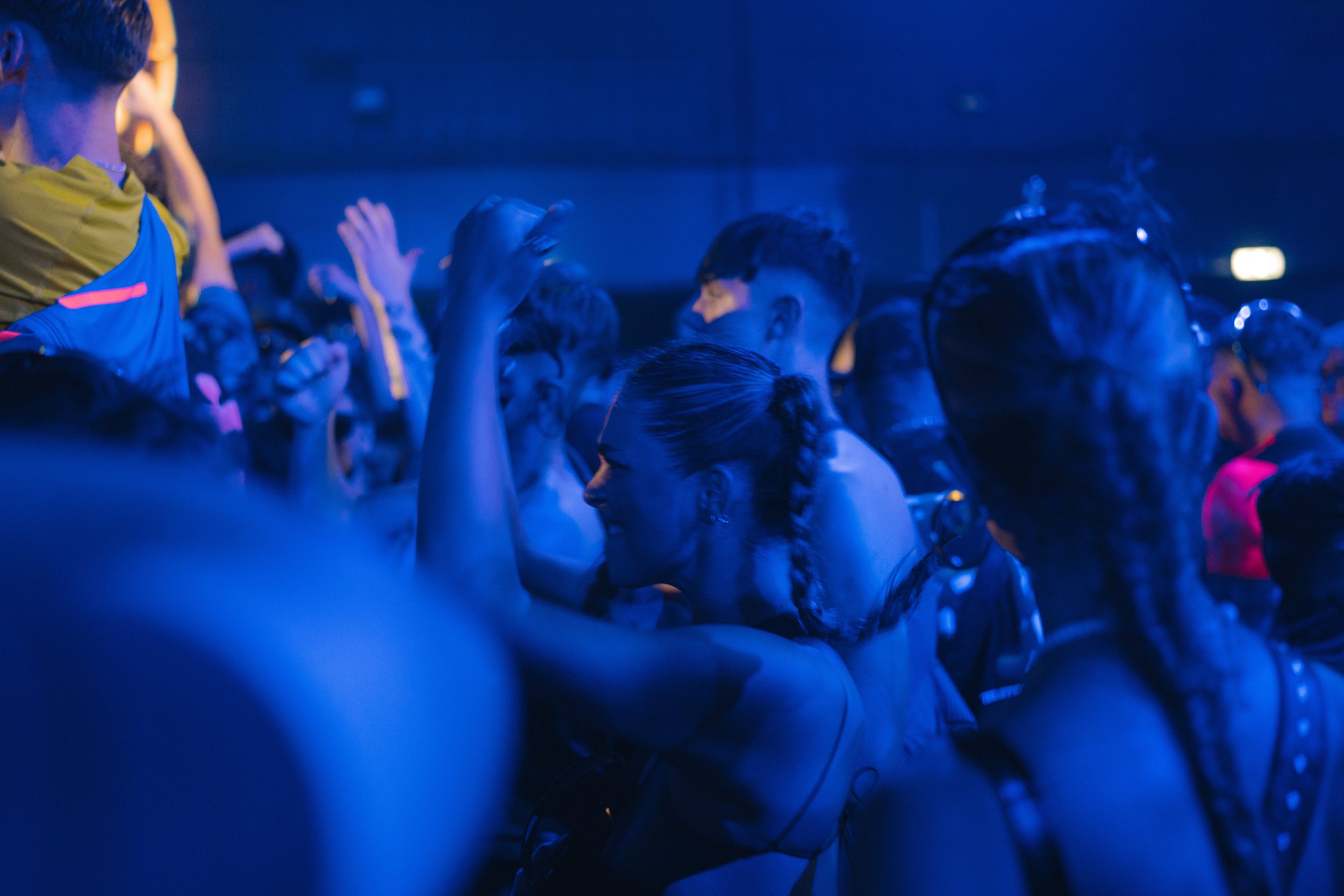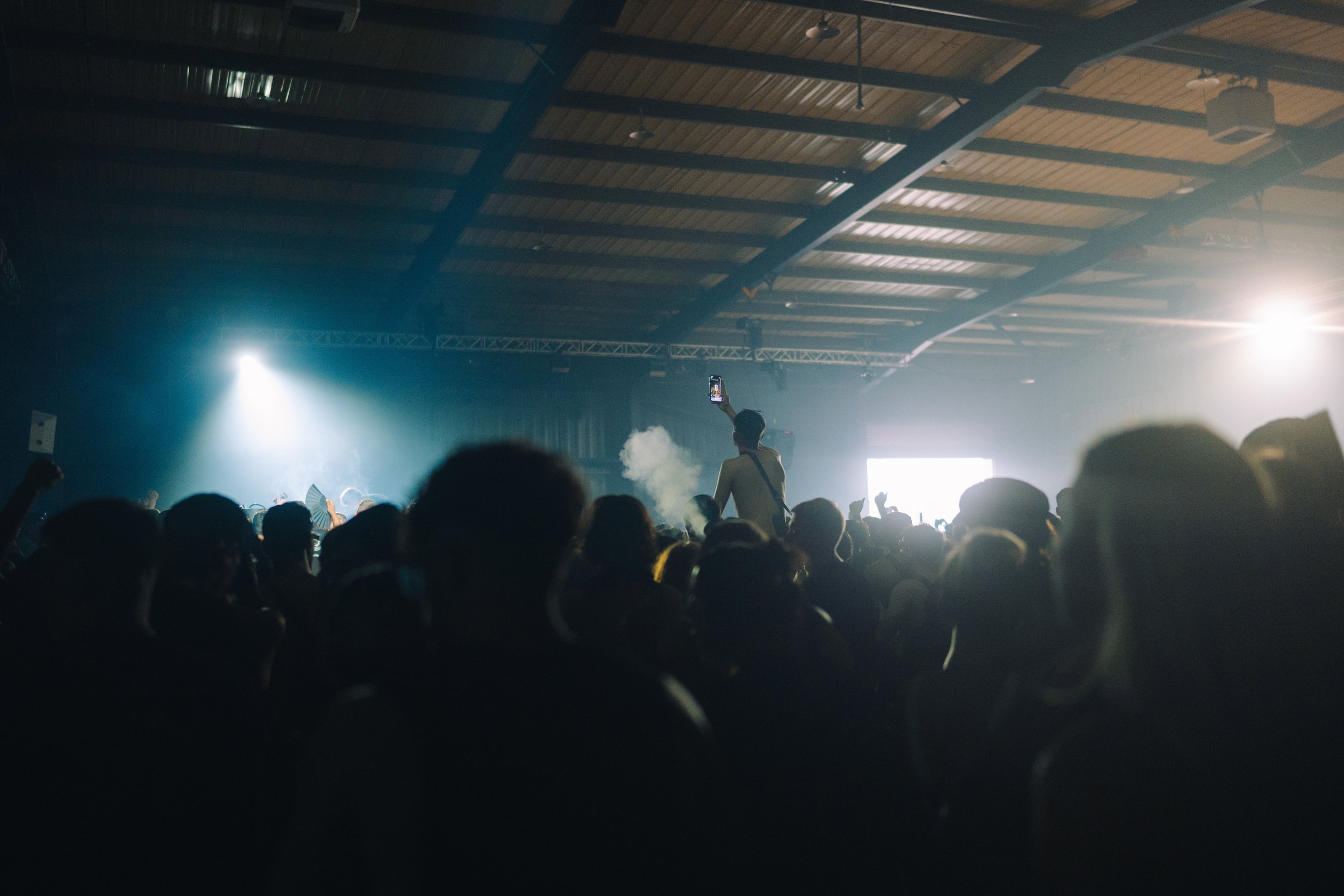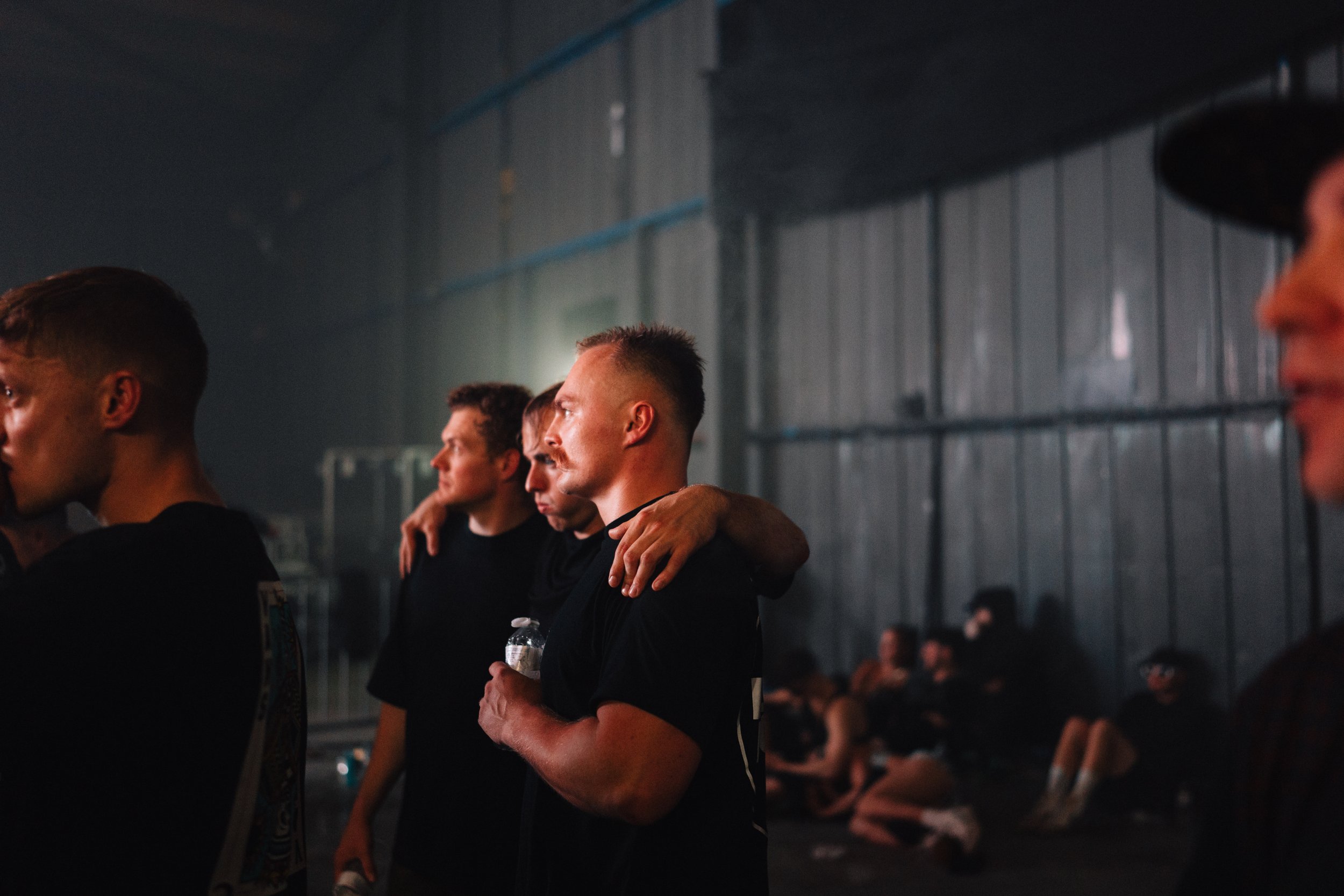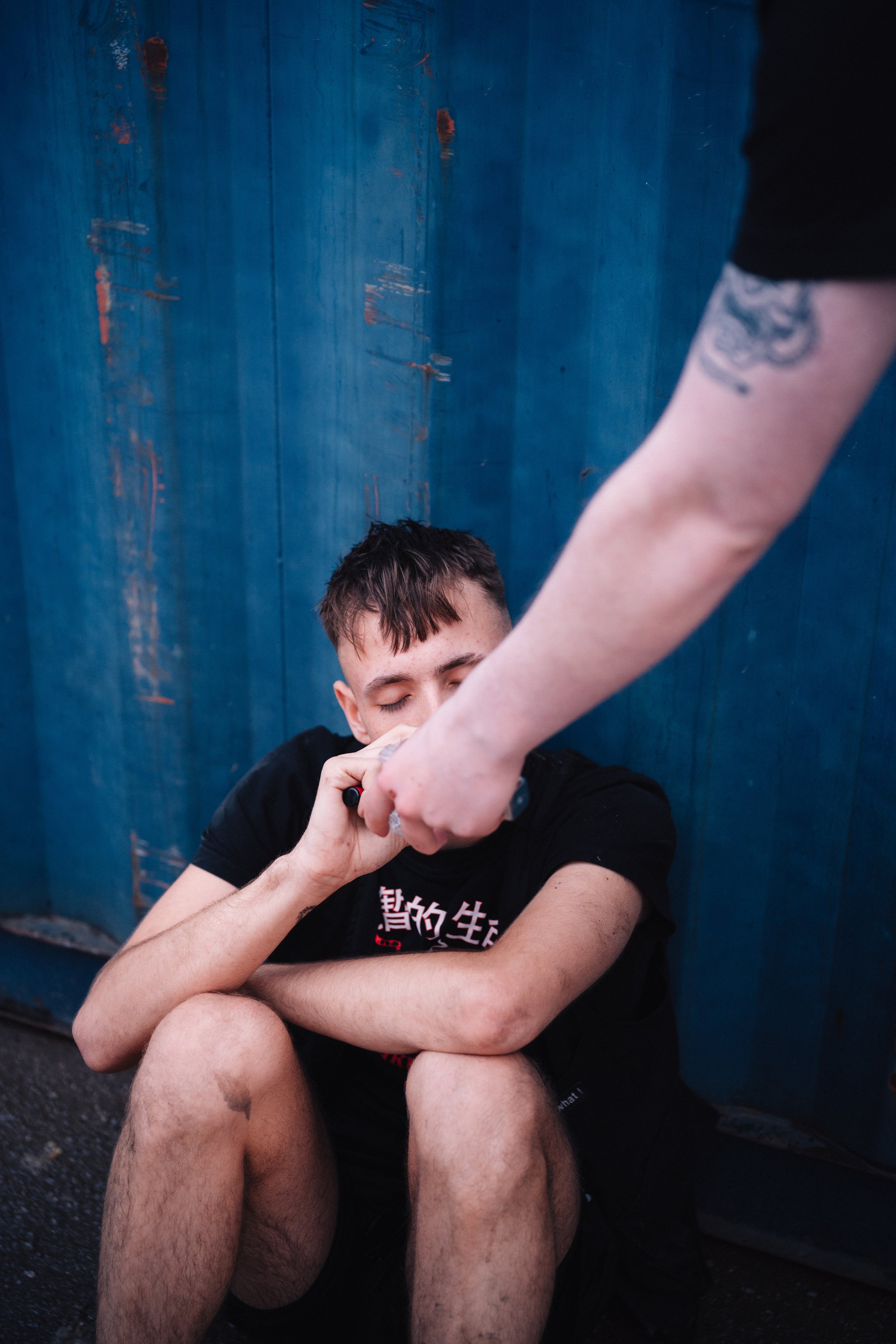Teletech & the Leica SL2-S for Documentary Style Event Photography
Since its inception in 2017, Teletech has swiftly ascended to become one of the world's foremost techno events.
This year, the festival witnessed a remarkable growth in attendance, almost doubling the number of participants from the previous year. The BEC Arena was packed to the brim, accommodating not only a record-breaking crowd but also hosting one of the largest Boiler Room streams to date.
Leica SL2-S, Voigtlander 50mm APO-Lanthar F2 - ISO 1600, f2, 1/160 - Cropped in heavily to around 25%
For an events photographer, maneuvering through dense crowds with a camera in hand can prove daunting and challenging. To tackle this, I opt for wider focal lengths such as 28mm or 35mm. These kind of lenses allow you to immerse yourself in the midst of the enthusiastic crowd while still capturing moments with context. For this event, I tested my new Leica SL2-S coupled with the Sigma 35mm f1.4 lens, alongside my Voigtlander 50mm APO-Lanthar lens. This particular lens holds a special place in my heart and, in my opinion, rivals Leica's more exorbitant APO offering in terms of quality.
One of the glaring shortcomings of the Leica is the autofocus ability, and coming from the Fujifilm XH2-S, this was a challenge I had to quickly overcome. In good lighting conditions, the autofocus was fine, albeit not to the level modern cameras allow.
So, why did I sell my Fujifilm camera which was perfectly fine with autofocus in these types of jobs, in favour of the lesser able Leica SL2-S?
Lowlight Capabilities and Image Quality of the Leica SL2-S
Shooting with Leica M cameras has made me a lot more proficient with manual focusing, and the incredible EVF of the SL2-S made it even nicer to use, especially when you pair M-mount lenses adapted to the camera. I may be overstepping the mark by saying this, but I feel like I can focus faster manually than I can when I rely on computer powered autofocus. Sometimes though, it can really come in handy when the light changes very fast like at a concert or festival.
Speaking of Sony, I’ve been claiming this camera is the love-child of some of the best cameras in the business these days. The lowlight capabilities of Sony has been a thing of legend since they introduced the A7S, and for good reason. Fujifilm have had my heart for a long time due to their usability and feel, but my main issue with them is that when you reach an ISO above 1600, a lot of unsightly noise is introduced into the image. I’ve found that with the SL2-S, I’m actually adding noise to the images because it’s too clean!
The Leica SL2-S has the feel of a modern Leica body, the usability and retro feel of a Fujifilm camera like the XH2-S, the lowlight capabilities almost matching a Sony, the punchy colours of Canon, and the IBIS and video settings of a Panasonic. Unfortunately, the autofocus capabilities just aren’t up to par, and something I’d like to see on an SL3 or SL3-S would be a huge increase in AF performance, as well as the ability of the M11/Q3 to change the MP of the sensor.
If Leica can bring the lowlight performance from the SL2-S and combine it with the high-resolution output of the SL2, the SL3 would be the ultimate camera.
Lens Choices for Documentary Event Photography
When it comes to lenses, especially for low-light events, I prefer using fast prime lenses. I've never been a fan of zoom lenses and opt for simplicity by choosing only a few prime lenses. Typically, I'll select one focal length as my main lens, and then carry another lens for situations that require more or less reach. Too many choices can actually inhibit creativity.
Choice overload, a psychological paradox, suggests that too many options can be detrimental.
I firmly believe that mastering a particular focal length by aligning your own vision with the unique characteristics of the lens is the quickest way to develop a personal style. It's not necessary to stick with a single focal length forever, and it's important to explore different options to discover your preferred shooting style. However, I have found that having a wide-angle lens, such as a 28mm or 35mm, along with a "normal" lens like a 50mm and a telephoto lens of 75mm or above, generally covers most of my needs. This 3-lens setup allows me to capture a wide range of perspectives.
Of course, there are exceptions. Photographers shooting in the pit at festivals may opt for super telephoto lenses to capture artists on stage, but as a documentary photographer, that is not typically what I am aiming for.
My intention is to capture the essence of the event and tell a visual story.
Leica SL2-S, Sigma35mm F1.4 DG DN - ISO 100, f1.4, 1/200
Using fast prime lenses does come with some trade-offs. The shallow depth of field can make it glaringly obvious if the focus is slightly off, especially when using manual focus lenses. However, the benefits of fast prime lenses, such as their ability to capture more light in low-light conditions and separate the subject from the background, outweigh these challenges.
In conclusion, I believe that simplicity and mastery of a set of prime lenses is key to developing a unique photographic style. By carefully selecting a few lenses that cover a range of focal lengths, we can creatively capture events and tell engaging stories through our photography.









